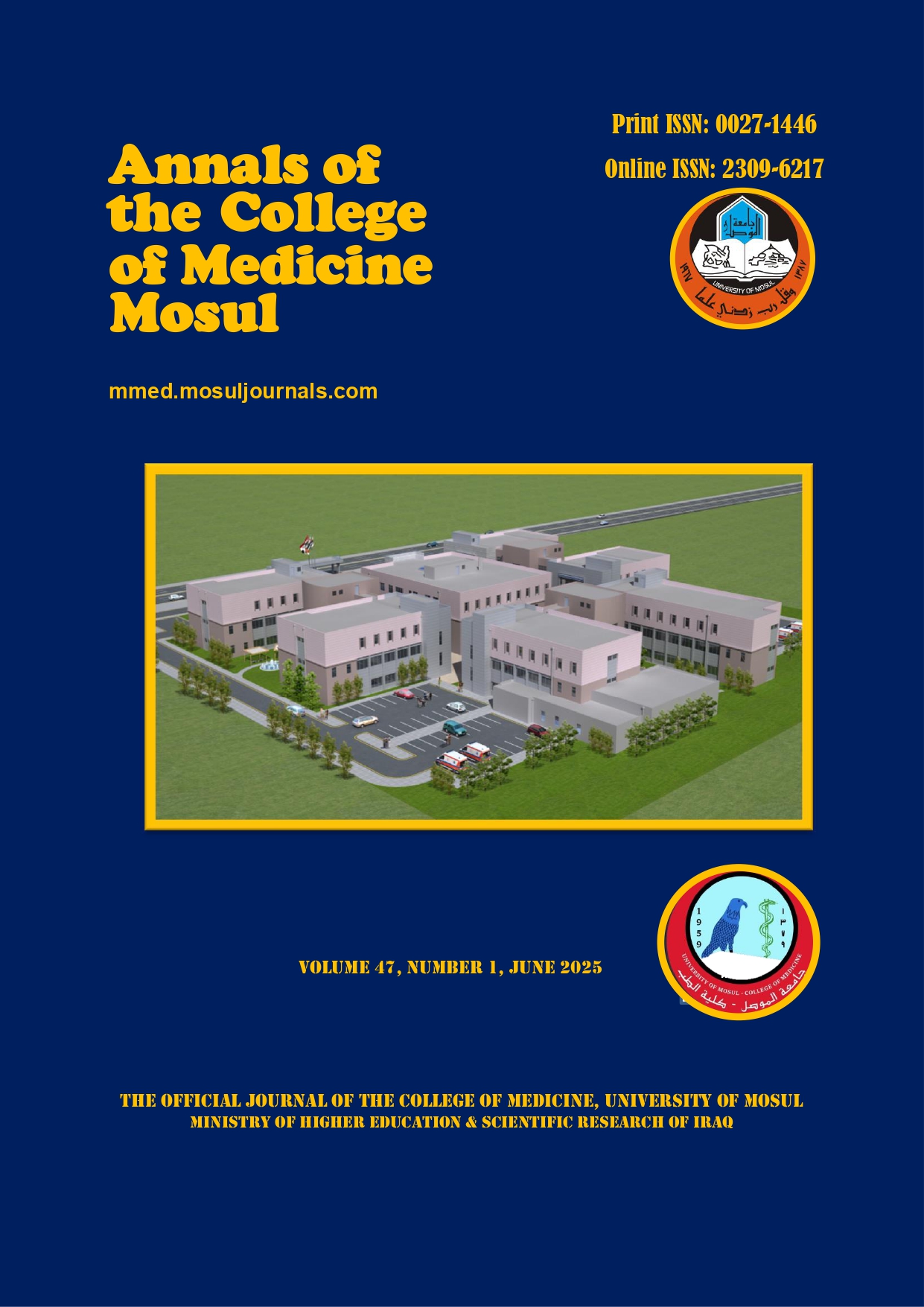Detection of extended spectrum B-lactamase in E. coli from clinical samples
Abstract
Objectives: 1- To study the frequency of ESBL (extended spectrum beta lactamase) among E. coli clinical isolates. 2- To determine the antibiotic profile for the isolates. 3- To determine the difference between the antimicrobial susceptibility of the ESBL producing E. coli and non producers.
Methods: A 4-months review of patients from three different hospitals who were diagnosed to have genitourinary tract infections with E. coli. These isolates were identified and assessed for their production of B-lactamase, and their antibiotic susceptibility to 21 different antimicrobial agents was determined.
Results: Out of the total 136 E. coli isolates, 58.82% were found to be ESBL producers. The most effective antimicrobial agent against the isolates was amikacin (85%), followed by ciprofloxacin (67.6%), while all the isolates were fully resistant to penicillin, cephradine, cephalothin and carbencillin. Multi-drug resistance (MDR) were found to be more among the ESBL producers. There was a statistical association between the production of B-lactamase and the resistance to Amikacin, nitrofurantoin, levofloxacin, kanamicin, nalidixic acid, gentamicin, piperacillin, cefotaxime and cephalexin.
Conclusions: This study shows that E. coli recovered from clinical specimens produce B-lactamase in high percentage and are resistant to penicillins and most cephalosporins. In addition, the MDR was higher among the B-lactamase producers. Therefore, determination of B-lactamases production, antimicrobial sensitivity of the isolates and strict antibiotic policy should be adopted in hospitals to take steps for reducing the bacterial resistance.
